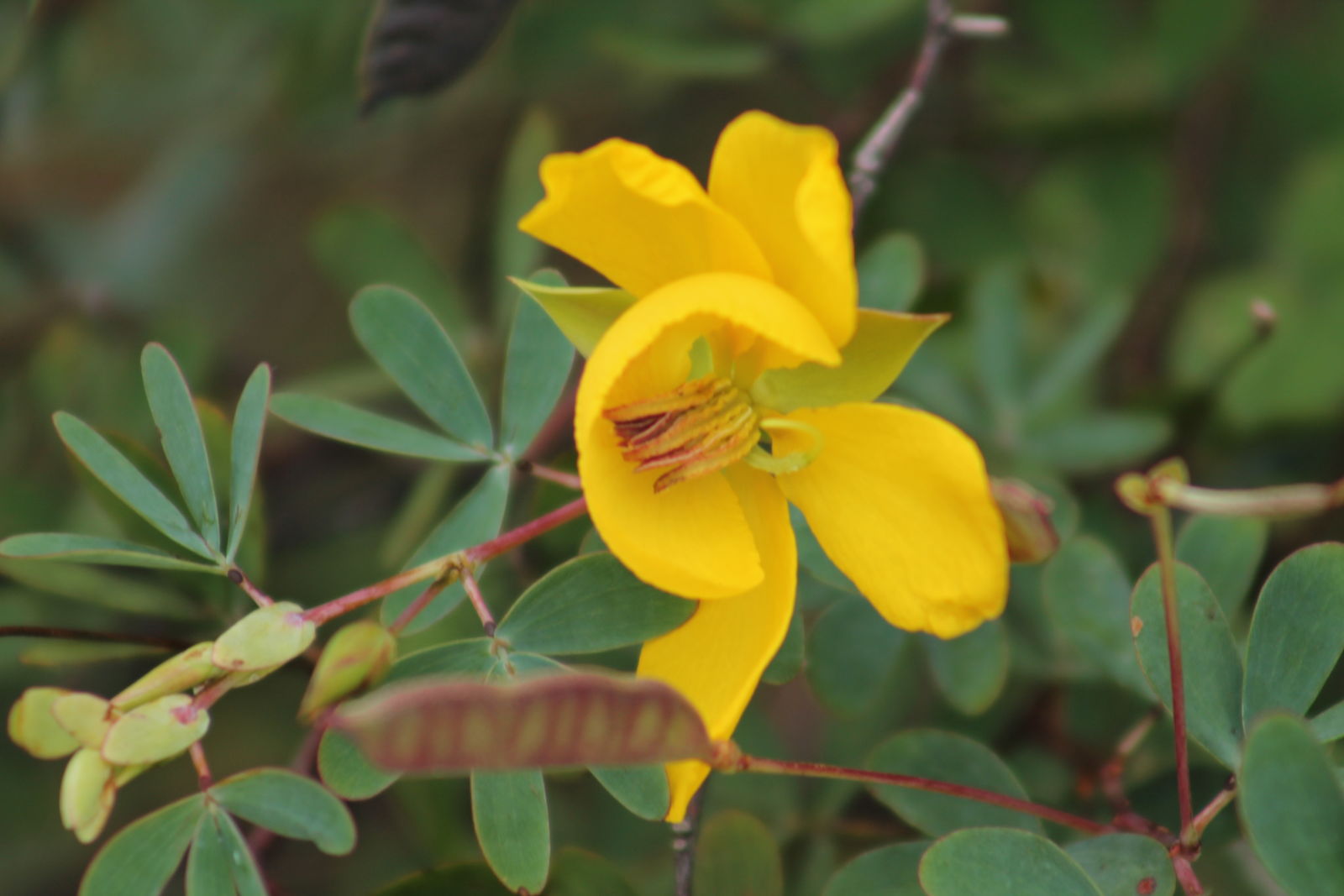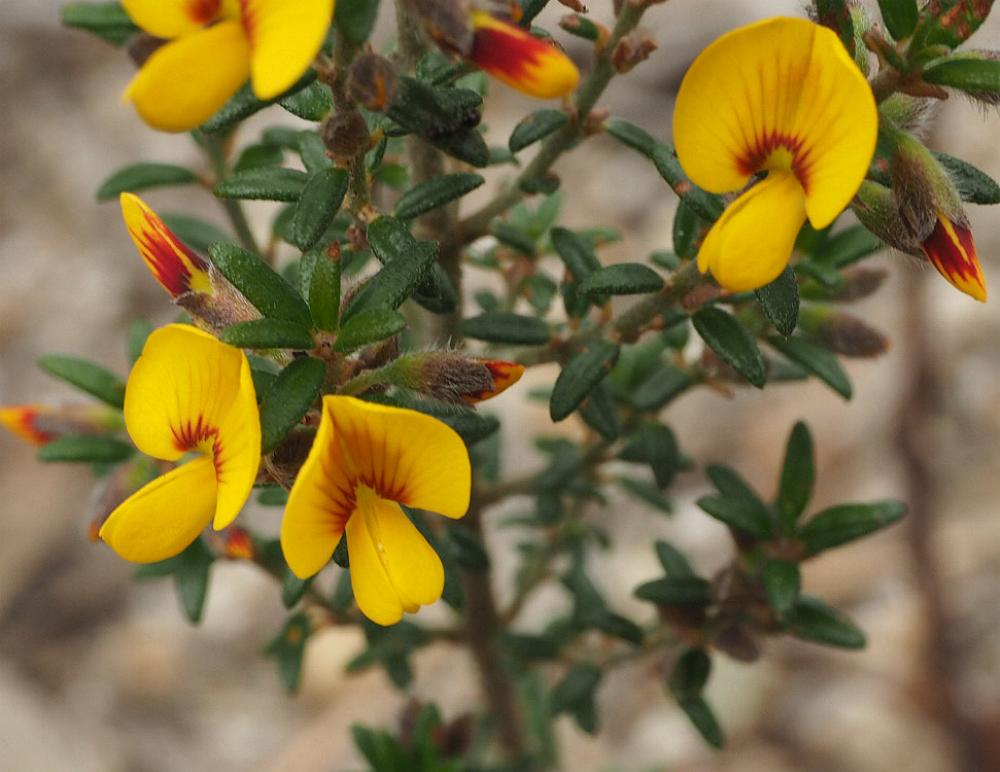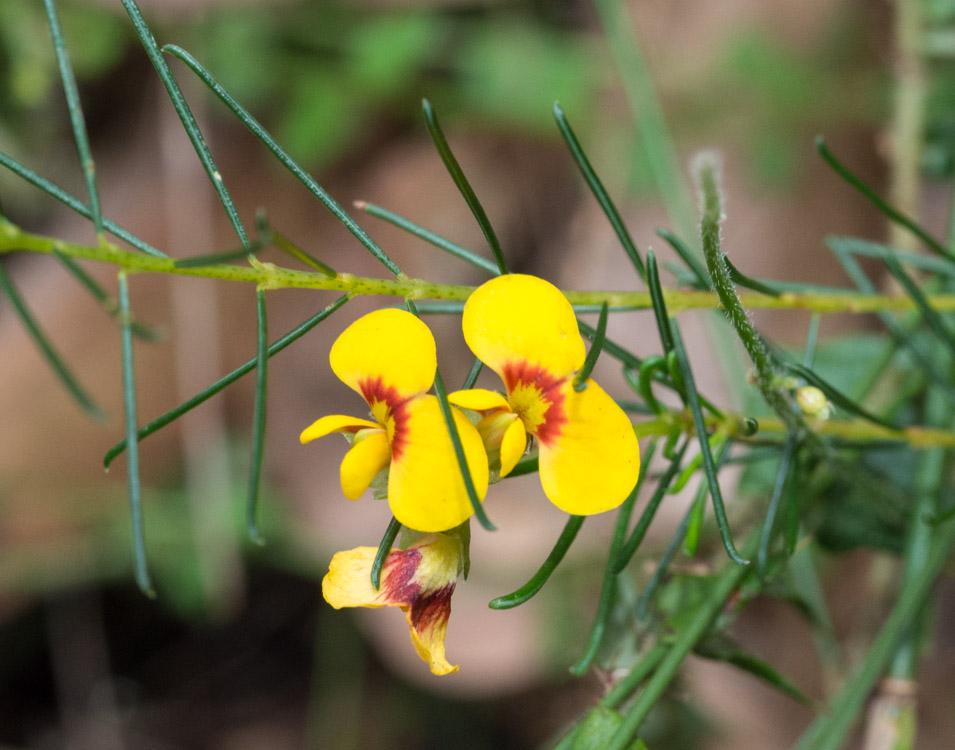
Fabaceae Legumes, Pulses, Peas Britannica
Leguminosae (Fabaceae) family is the third-largest plant family with 740 genera and 19,400 species after Orchidaceae and Asteraceae, and it is one of about 12 of the flowering plants in the world. The vast majority of trees, shrubs, and herbaceous plants belonging to this family have significant economic value (Hickey and King, 1997 ).

Factsheet Fabaceae
Fabales, order of dicotyledonous flowering plants in the Rosid I group among the core eudicots. The order comprises 4 families ( Fabaceae, Polygalaceae, Quillajaceae, and Surianaceae), 754 genera, and more than 20,000 species. However, more than 95 percent of the genera and species belong to Fabaceae, the legume family.

Fabaceae Lindl. Plants of the World Online Kew Science
List of Fabaceae genera This is a list of genera in the plant family Fabaceae, or Leguminosae, commonly known as the legume, pea, or bean family, are a large and economically important family of flowering plants of about 794 genera [1] and nearly 20,000 known species. Contents: A B C D E F G H I J K L M N O P Q R S T U V W X Y Z External links A

Australian Fabaceae
The Fabaceae is a family of flowering plants found in both temperate and tropical climates that ranges from clover to bushes and large trees, such as Acacia. The family comprises the Papilionoideae, the Mimosoideae, and the Caesalpinioideae. Of the species tested, about 90% of the Papilionoideae form root nodules compared with only about 25% of.
onward, westward Pea family (family Fabaceae)
This family, alternatively known as Leguminosae, is the third largest family of flowering plants and comprises 798 genera (M. Le Roux, pers. comm.) and over 19'500 species (Legume Phylogeny Working Group 2017).About \( \raisebox{1ex}{$1$}\!\left/ \!\raisebox{-1ex}{$4$}\right. \) of all species belong to just 5 genera, Acacia Miller, Astragalus Linné, Crotalaria Linné, Indigofera Linné and.

Factsheet Fabaceae
Fabaceae, commonly known as legumes or bean family, is a large and diverse plant family with over 19,000 species found worldwide. This family includes trees, shrubs, and herbs that are important for their edible pods and seeds, nitrogen fixation abilities, and medicinal properties.

Free Images flower, petal, bloom, botany, flora, wildflower
Among the plant families Fabaceae have special importance for their agri-horticultural importance and multifarious uses apart from the basic needs. Interest in the response of Fabaceae plants toward abiotic stresses is growing considering the economic importance and the special adaptive mechanisms.

Factsheet Fabaceae
Fabaceae has traditionally been divided into three subfamilies: Caesalpinioideae, Mimosoideae, and Faboideae (or Papilionoideae), each of which have been considered a separate plant family in the past.
Ongzi's SecretGarden 3 subfamilies of Fabaceae
The Fabaceae, as the third-largest plant family in the world, contain most of the diversity of the Fabales, the other families making up a comparatively small portion of the order's diversity. Research in the order is largely focused on the Fabaceae, due in part to its great biological diversity, and to its importance as food plants.

Pueraria montana Wikidata
The Fabaceae is the pea or legume family of plants and are sometimes referred to by their old family name the Leguminosae. Members of the Fabaceae are easily recognizable by their flowers and especially by their distinctive fruits, which are always legumes.

Family Fabaceae (bean or legume family) Go Botany
The Fabaceae ( / fəˈbeɪsi.iː, - ˌaɪ /) or Leguminosae, commonly known as the legume, pea, or bean family, are a large and agriculturally important family of flowering plants. It includes trees, shrubs, and perennial or annual herbaceous plants, which are easily recognized by their fruit ( legume) and their compound, stipulate leaves.

FileFabaceae flower.jpg Wikipedia
Category: Animals & Nature Also called: Leguminosae bean senna lespedeza palo verde locoweed Fabaceae, pea family of flowering plants ( angiosperms ), within the order Fabales.
onward, westward Pea family (family Fabaceae)
Commonly known as the pea family, Fabaceae features about 670 genera and nearly 20,000 species of trees, shrubs, vines, and herbs. Distributed worldwide, members of the family are generally characterized by compound leaves and the production of fruits known as legumes.
Ongzi's SecretGarden 3 subfamilies of Fabaceae
We highlight several families of plants that stand out in this context: Solanaceae, Cucurbitaceae, Rosaceae, Fabaceae, Anacardiaceae, Poaceae and Musaceae are prominent plant families with.

Factsheet Fabaceae
Fabaceae: Legume or Pea Family. Identify plants, flowers, shrubs and trees. Wildflowers-and-Weeds.com Plant Identification, Edible Plants, Weed Ecology, Mushrooms, and more. Home | Plant Identification | | Fabaceae Plants of the Pea Family (Previously known as the Legume Family: Leguminosae)

Australian Fabaceae
Legume. A legume ( / ˈlɛɡjuːm, ləˈɡjuːm /) is a plant in the family Fabaceae (or Leguminosae), or the fruit or seed of such a plant. When used as a dry grain, the seed is also called a pulse. Legumes are grown agriculturally, primarily for human consumption, for livestock forage and silage, and as soil-enhancing green manure.